Indies Are Pushing the Video Games Industry Forward, But at What Cost?
The video game industry is in the middle of a crisis. Budgets for big releases are ballooning out of control with games like Call of Duty: Black Ops Cold War (2020) costing up to $700 million to produce. The developer workforce has also been ravaged, with dozens of studios closing, amounting to over 10,000 layoffs in 2024 alone. Pair that with the fact that many of the titles have flopped — like Concord, whose servers didn’t even last as long as a free trial for Hulu — major questions have arisen about the health and future of the video game industry, and where things go from here.
But amid one of the worst years the AAA sector has ever seen, there’s been an unexpected silver lining: indie games have been flourishing. Although they’ve been growing in popularity for years, indies have dominated the headlines and discussions recently, with games like Balatro and Palworld quickly racking up millions of sales, or anticipated releases like Hades 2 drawing hundreds of thousands of players, despite still being in early access stages.
Whereas AAA games are floundering, independent studios are now where big moves are happening, both in creative innovation and fostering healthier work environments for creators.
One such studio is Strange Scaffold, which opened in 2021 under the leadership of Xalavier Nelson Jr., who previously worked on games like Hypnospace Outlaw (2019) and Stranger Things VR (2024). Their mission statement was to create a healthier, sustainable way to make games, resulting in 12 releases in just four years. That work put Nelson on Forbe’s 30 Under 30 list, and landed Strange Scaffold a partnership with Paramount to make the next Ninja Turtles game, Tactical Takedown.
Yet, while AAA games and indies might seem like entirely separate worlds, they’re two halves of the same whole that share the same problems, like how a game’s budget and production pipeline are structured. “The unfortunate thing about games like Suicide Squad and Concord is that they are extremely large canaries in the coal mine for a style of development that is being propagated at every level of the industry,” Nelson says. “The idea that, if you don’t make a project too big to fail, you will fail. It becomes a self-fulfilling prophecy, from AAA to AA to indies, the numbers are just different and the visibility of failure is reduced.”
As indies like Among Us continue to become breakout hits and viral sensations, the pressure to succeed has only grown, leading many to find inventive ways to adapt. Rolling Stone recently spoke with developers from studios Strange Scaffold, Aggro Crab, and Sunset Visitor to discuss the obstacles facing the industry and how smaller teams are working to mitigate.
Sustaining the drive
Strange Scaffold has become known for making quirky games that only take a handful of hours to complete. Clickolding (2024) is a bizarre experience where you simply click a counter for a few minutes while a hooded stranger stares at you alone in a hotel room. An Airport For Aliens Currently Run by Dogs (2021) is an exploration game about solving the problems of traveling dogs who are represented by stock photos. El Paso, Elsewhere (2023) is a gritty Max Payne-inspired shooter where you take down a vampire overlord.
The studio’s approach to development emphasizes transparency with both players and the people funding their games. Strange Scaffold’s mission is to create “sustainable” development of smaller projects that have modest budgets, timelines, and scope. For Nelson, it’s about running a studio that can sustain itself by making unique games with viral appeal, and don’t require a months-long commitment to finish. While most of Strange Scaffold games have been well received, creating those experiences hasn’t been without struggles.
“The Strange Scaffold ‘formula’ is very prone to being mythologized,” Nelson says. “What it really comes down to is treat people well, make a meaningful experience for your players, and hit your time and budget. There’s no magic to it. We’ve survived, but we’ve also been able to meaningfully learn from every release we’ve done, which is one of the peak dangers of this time where we don’t let developers grow from release to release.”
Blockbuster games often take upward of five years to make, along with nine-figure investments and thousands of man-hours. As soon as those projects are done, teams move onto the next; developers often get few chances to learn or experiment as companies obsess over making sequels or chasing the next big trend.
An Airport for Aliens Currently Run by Dogs features a low poly style with stock images for its canine characters.
Strange Scaffold
Nelson’s approach is using limited development timelines not just to save money, but to challenge his team to work within artistic restraints as a way to hone their skills, resulting in more the experimental fare Strange Scaffold has become famous for. “The idea that you’re going to make a five-year game rather than a two-year game [means that] inherently you’re going to make something that is more special and of higher quality than the two-year game,” Nelson says, “despite the fact we have so many examples that are simply not true.”
One of Nelson’s biggest issues has been getting funding onboard for some of their smaller projects. It’s hard to get someone to sign on for something experimental like Clickolding, which only takes roughly an hour to complete. Nelson describes the state of the industry as a form of “organized gambling,” where even first-time developers are betting big on their freshman release, throwing everything into making a mass appealing super-game, rather than a curated experience that tries to be fresh.
“If you’re in Hollywood, even if you produce hits, the discussion in a lot of public forums is that you’re viewed as a liability if you can’t hit your time and budget,” Nelson says. “In games, the opposite is true, if you’ve won awards and the game sold copies, you will, in fact, be given the ability to control even more people’s lives and take an even larger bet, as long as things turn out well in the end. It means we’ve become an artistic medium that is increasingly stellar in so many different corners of the world, but we are awful at producing them.”
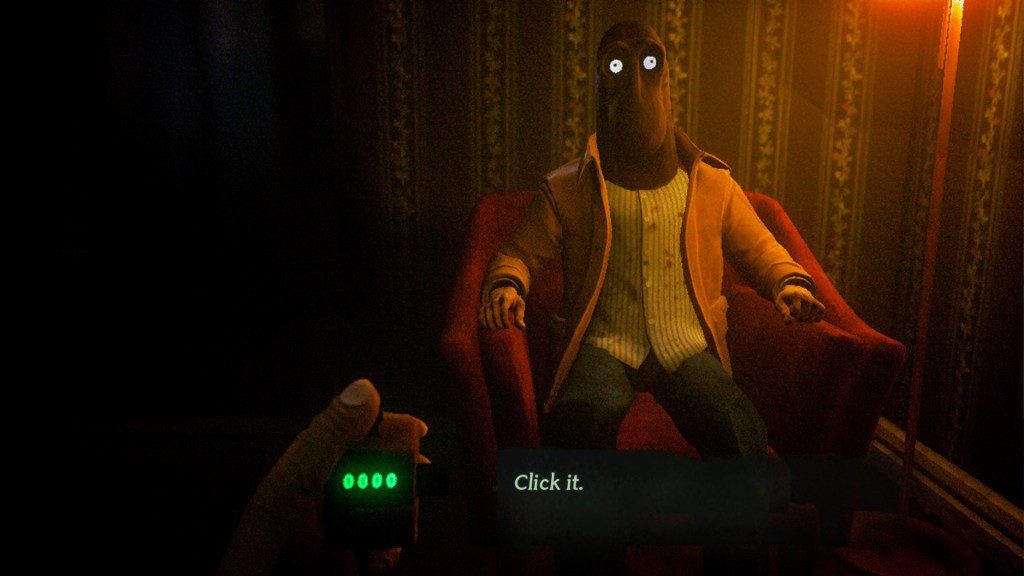
Clickholding is a easy-to-play thriller that only lasts about an hour.
Strange Scaffold
The concept of risk management is the norm for AAA publishing, but the ideology has seeped into developers at every level of the industry as more games start to find breakout success. Strange Scaffold’s strict adherence to short timelines and resource investment has meant that their moderate success can be enough. Nelson notes that each of the studio’s games has made enough to justify continuing his approach, and his studio’s output is now almost triple that of their peers, which has helped garner publishing partners. But elsewhere, other developers have opted for self-publishing strategies.
Self confidence
Aggro Crab is the studio behind Going Under (2020), where you play as an unpaid intern exploring the ruins of failed tech startups. Their latest game, 2024’s Another Crab’s Treasure, a colorful twist on Soulslikes (a subgenre inspired by the Dark Souls games) centered on a diminutive crab fighting his way through a trash-filled underwater world. It’s a popular game that gives the often punishing Soulslike experience a ton of accessibility options, while also layering in an environmental message.
Aggro Crab’s studio head, Nick Kaman, knew from day one that he wanted to give players a cheerful style of game they’d never seen before, but working in a new genre wasn’t the biggest shift for the studio; it was self-publishing and marketing the entire thing themselves. “You can see the results. It paid off and we figured it out,” says Kaman. “I don’t think self-publishing is a good option for all indie devs, because for us, one of our focuses as a studio is that marketing engine, and that’s propelled a lot of the success of the game.
In this specific instance, doing everything themselves paid off for Aggro Crab, and Kaman notes that self-publishing is now something that the studio can always have “in the back pocket.” But it’s a phenomenal risk for a small company with 13 full-time employees, and one that they’d rather not take, especially as Kaman notes the team wants to be ambitious for their next project.
Even with the success of Another Crab’s Treasure, the studio’s future is uncertain. After losing the publisher for their next release, Aggro Crab is currently searching for a new partner. The small team is based out of Seattle, Washington, and like so many others they’ve had to grapple with a sharp increase in the cost of living. It’s hard to keep a studio running and self-fund projects when all costs are rising, which is why assistance is vital.
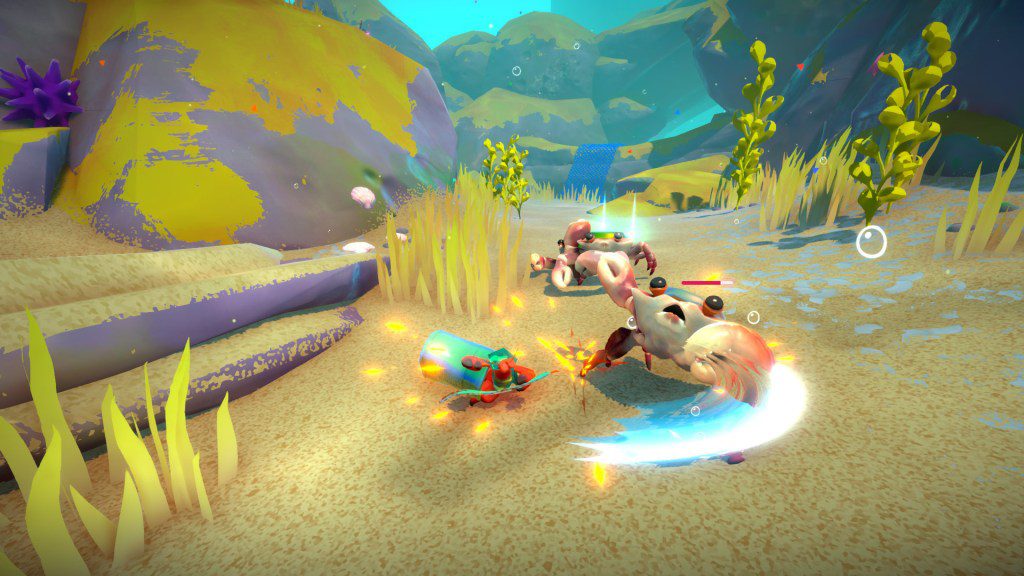
Another Crab’s Treasure looks cute, but its gameplay is a riff on hardcore games like Dark Souls.
Aggro Crab
“We need to find a way to get these projects the funding they need to exist. Maybe it’s a way to make games cheaper,” Kaman says. “There’s the phrase, ‘I want shorter games with worse graphics.’ There’s truth to that. We’re seeing games can have lower graphical fidelity and still be incredible. Ambition is important, and I want to see indie games get rewarded for that.”
Whether it’s fully original concepts or reimagining well worn genres, the indie scene has become fertile ground for games that push the industry forward beyond iterative sequels. In the case of Another Crab’s Treasure, Nick and his team were tired of seeing “knights swingings swords,” and wanted to fuse a candy-coated Spongebob-esque aesthetic with the existential quandaries about life and death that a prominently featured in Soulslike games. That balance between old and new was important.
“You don’t need to completely reinvent the game from scratch. Because, in a sense, games are something people play for comfort,” Kama says. “You go home, you’re tired, you want something familiar. “But if you can give the familiar and something new, that’s the best. I’ve called it the peanut butter and pill that you feed a dog.”
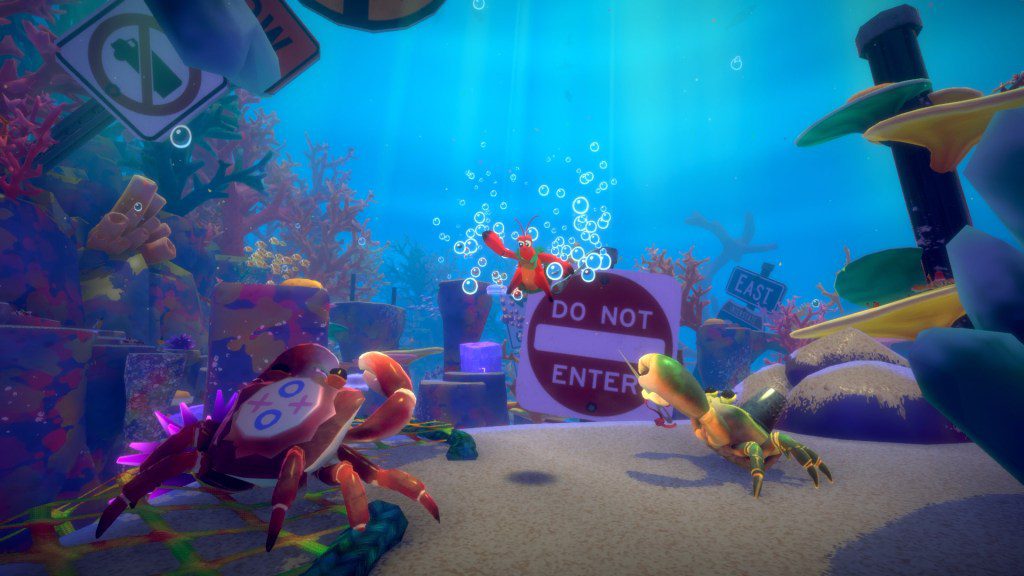
Aggro Crab self-published Another Crab’s Treasure, but it was a risky gamble for the small studio.
Aggro Crab
Through its aesthetic and accessible design, Another Crab’s Treasure can be a gateway, a Soulslike title that inexperienced players don’t need to feel intimidated by. It broadens the very definition of what that genre even is, and a lot of that comes from Aggro Crab’s past experience working in other genres. But that level of innovation can even happen with first-time developers who have just the right idea.
Breaking boundaries
1000xResist (2024) is a sci-fi narrative adventure game with a gripping story that saw near universal acclaim when it launched last year. But even more crucially is one of the few examples in games of Asian diaspora — speaking to the experience of Asian immigrants. The studio behind 1000xResist is Vancouver-based Sunset Visitor, founded by composer and media artist Remy Siu.
The game was always meant to be narratively ambitious — it’s an entirely combat-free experience that communicates its story through dialogue, environmental interaction, and visual presentation, akin to a visual novel. Set in an apocalyptic future where humanity was nearly wiped out by an alien force in 2047, you play as a clone of one of the few surviving humans, exploring and piecing together her fragmented memories through a nonlinear plot filled with choice.
But apart from its futuristic setting, 1000xResist was also meant to represent what Siu and others have lived, weaving in the political and social struggles Asian immigrants and their children face when moving to wildly different cultures. To Siu’s surprise, that diasporic experience was remarkably similar to the world-building you need to do when creating science-fiction stories.
“Our slice of Hong Kong diaspora is rarely represented in media.” Siu says. “You have things based in Hong Kong, but the experience of Hong Kong immigrants elsewhere, especially as a more mature generation now, we didn’t see represented anywhere. We also don’t see that in science fiction, like large nations continuing to exist in the future.”
Since launching in May 2024, 1000xResist has seen a ton of attention, including a win for “Best Narrative” at the 2024 Indie Game Awards. And although the themes it explores are relatively novel for the medium, Siu says the world and style of 1000xResist are inspired by classics that have come before, namely Square Enix’s sci-fi RPG NieR: Automata (2017) and the dystopian shooter BioShock (2007). Those games touch on similarly heady themes of culture and identity; but by limiting its focus on violence, 1000xResist’s story goes places those larger titles can’t. Players expect blockbuster games to have action movie violence.
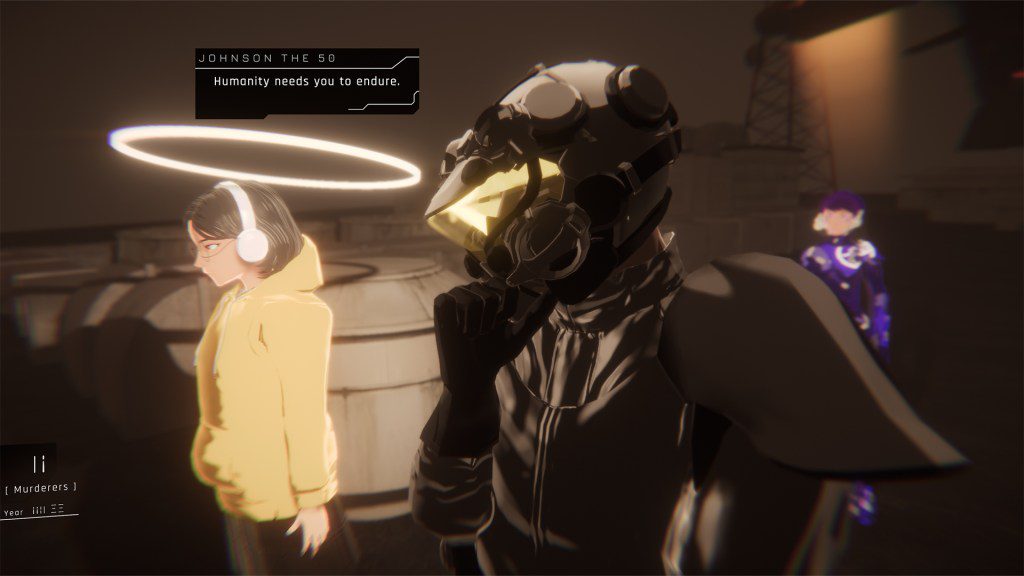
1000xResist is one of the most acclaimed games of 2024, despite featuring little of the action-oriented gameplay that’s expected of big ticket titles.
Fellow Traveller Games
“I often read interviews where Yoko Taro [the creator of NieR] hates violence. But at some point, somebody said [he had] to make an RPG, so you see something like NieR: Automata where you go around, kill robots, and feel bad about it,” Siu says, “For us, nobody was telling us we have to make combat. So let’s drive the theoretical trajectory of that, what if we pushed it in a way others wouldn’t dare, or can’t afford to.”
Siu believes the very nature of how indies are made encourages more personal and authentic representations of what their creators are trying to impart, unimpeded by the corporate expectations that often bog down AAA games.
“It comes down to the economics of it all, and various infrastructures and distribution channels,” Siu says, “With print [media], you often have a difficult distribution system, and you don’t see these kinds of stories in film because it’s really expensive, even an indie film is often more expensive than an indie game. Indie games are situated in just the right space where you can have people express their lived-in experience, have the space to get funded in some form or fashion, and the distribution is robust.”

Narratively driven games like 1000xResist can be a tough sell for publishers, and even harder to discover without strong word of mouth.
Art by Kodai Yanagawa; Fellow Traveller Games
Platforms like Steam, GOG, and Itch.io have made distribution of games nearly seamless — and discovery of hidden gems isn’t just possible, but encouraged through various tags and community forums. Discoverability is everything for indie games, but outside of word of mouth that can be hard, often because there’s so much variation between indies. There’s no rulebook on how to create and market a small game, and that can lead to confusion on the part of investors, making it tough to secure funding when your game doesn’t look like something that’s already an established success.
“The tough part about indie games is that every one is seemingly a bespoke thing that needs to be marketed and brought to market in such a different way. There are different backgrounds and teams that all need different types of support,” Siu says, “Even though 2024 might have been a landmark year for indies, the next might not be, because things weren’t being funded or funding was difficult. I’m hoping that, like AAA, we’re learning a lesson that funding needs to be diversified.”
A way forward
It’s true that 2024 was a big year for the little guys, with releases like Balatro — which was made by a single person — able to snag three wins at The Game Awards 2024, alongside a nom for “Game of the Year.” Yet despite those success stories, there’s a sea of other indie devs struggling against the tide. For every AAA game that costs half a billion dollars, there are a dozen indie games lacking a spotlight or robust marketing.
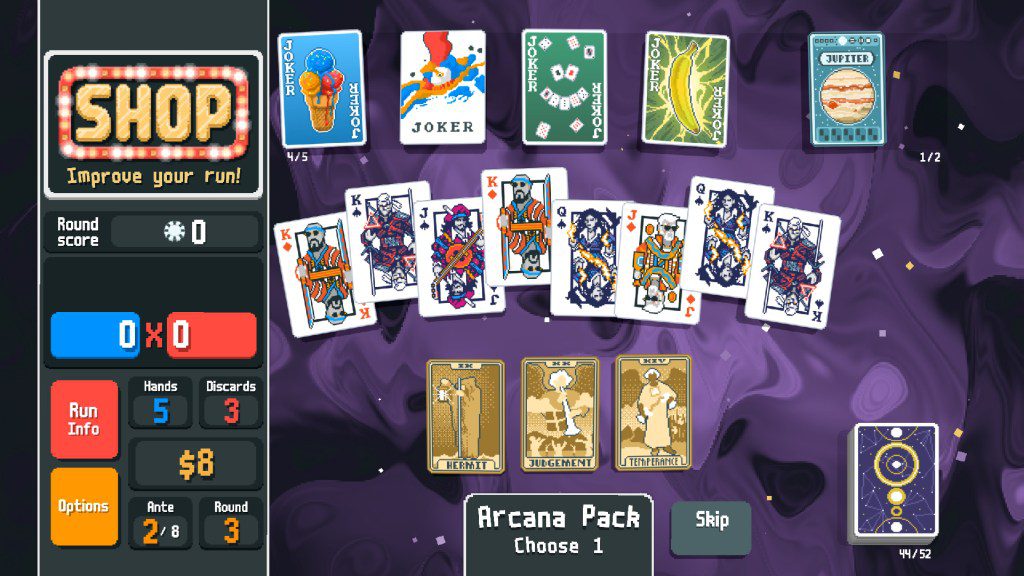
Balatro broke out big in mainstream gaming culture, but its success can be a double-edged sword for indie devs.
Playstack
There’s a shift that must happen to get indie games the recognition they deserve. The industry needs more networks and structures in place to help small developers thrive, including more ways for consumers to discover what could be their next favorite game.
“On paper, 90 percent of games are indies,” Siu says. “I hope it reaches a place where it’s more present in the cultural mindset, because indies are the industry now, and from an artistic place I think indies are the medium.”
As with film, it’s independent productions that are pushing the medium of video games forward, from resurrecting retro trends to crafting experiences that seemingly make zero sense until you’ve played them. Who’d have imagined that the most talked about game of 2024 would be a poker game without gambling? But despite those strides forward, there’s a sentiment echoed throughout the industry — indie developers need more support and, especially, more room to grow, distinct from the preconceived notions of what latest trend will sell.
“There’s no way to create a good indie publisher when they operate on the same rules and logic [as AAA],” Nelson says. “Unless developers operate counter to the culture, and a publisher chooses to operate on different values than their final results and peers, everyone will end up looking like everyone else in a few years, because they’re forced to.”





